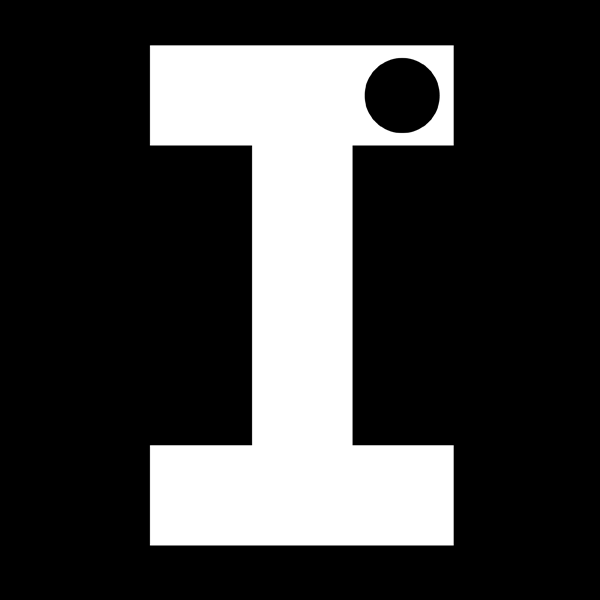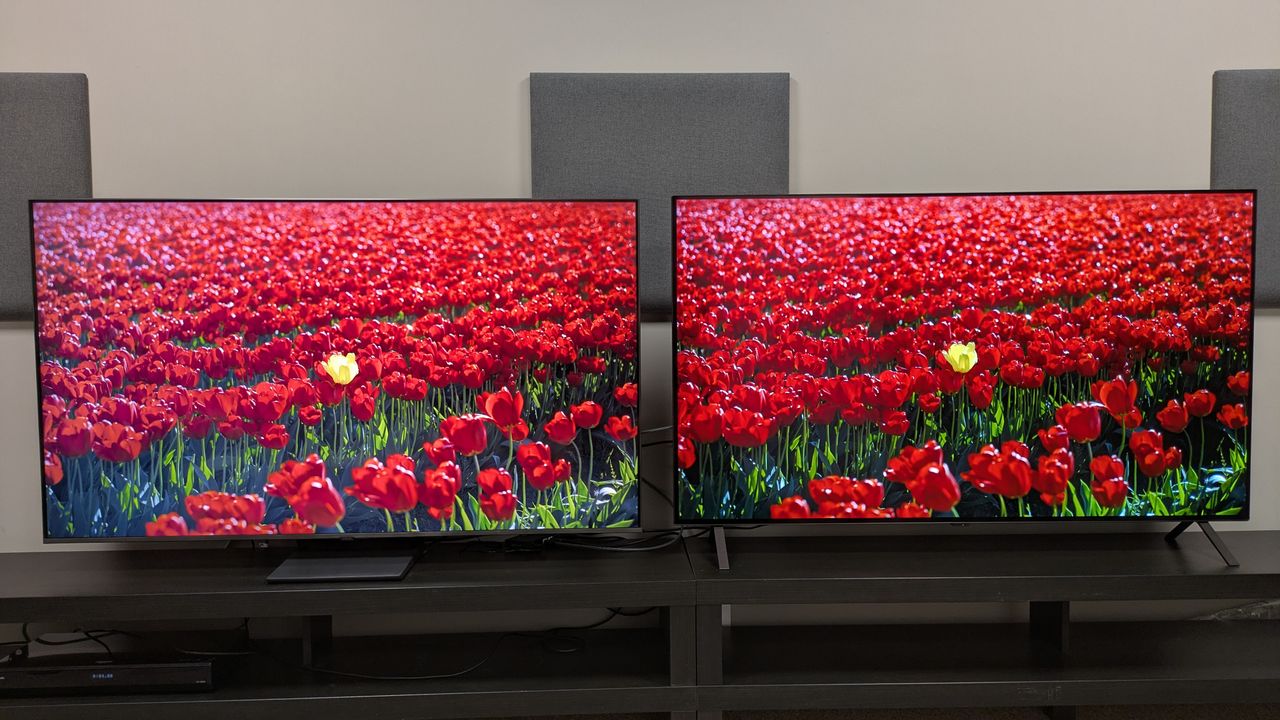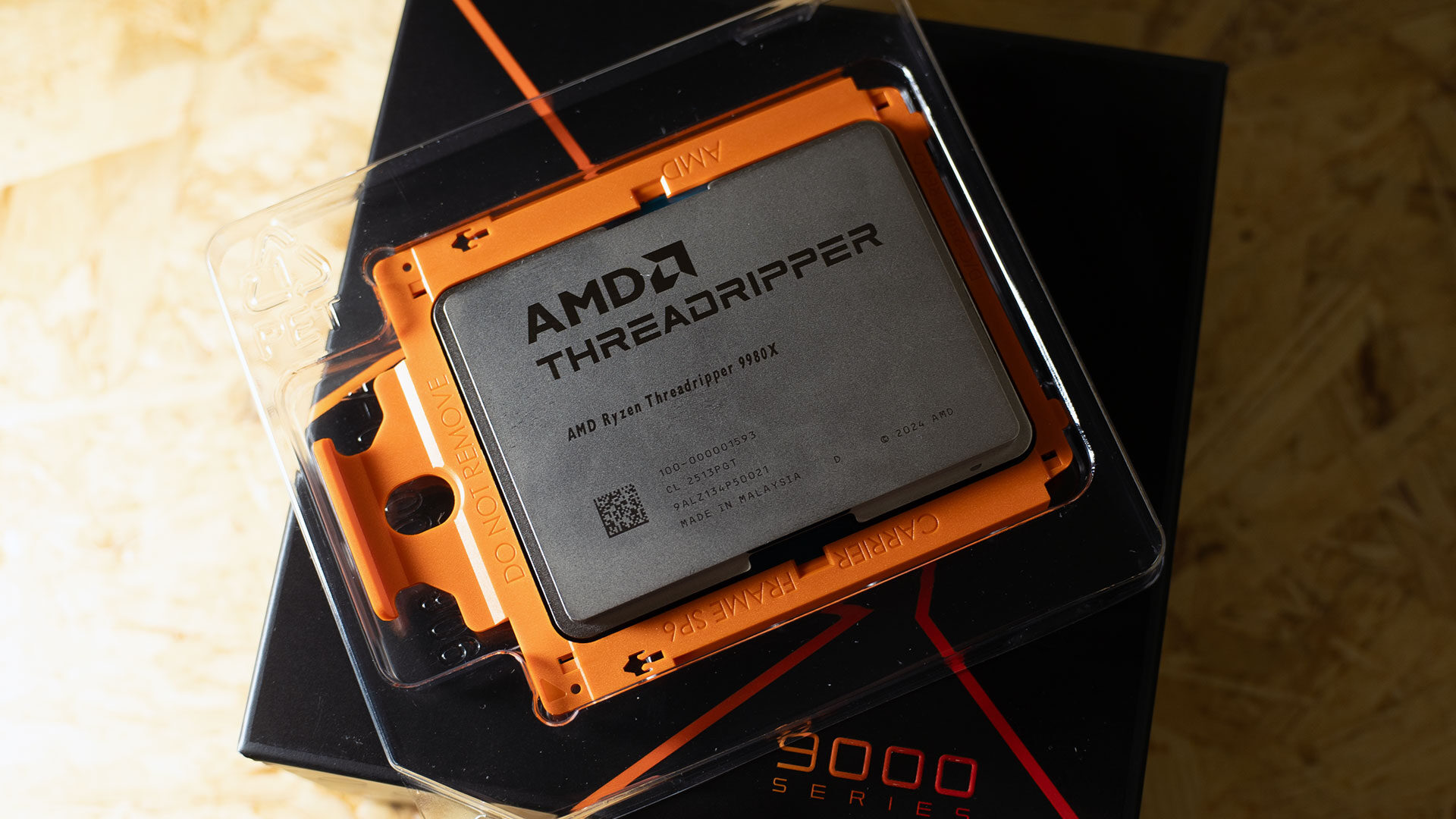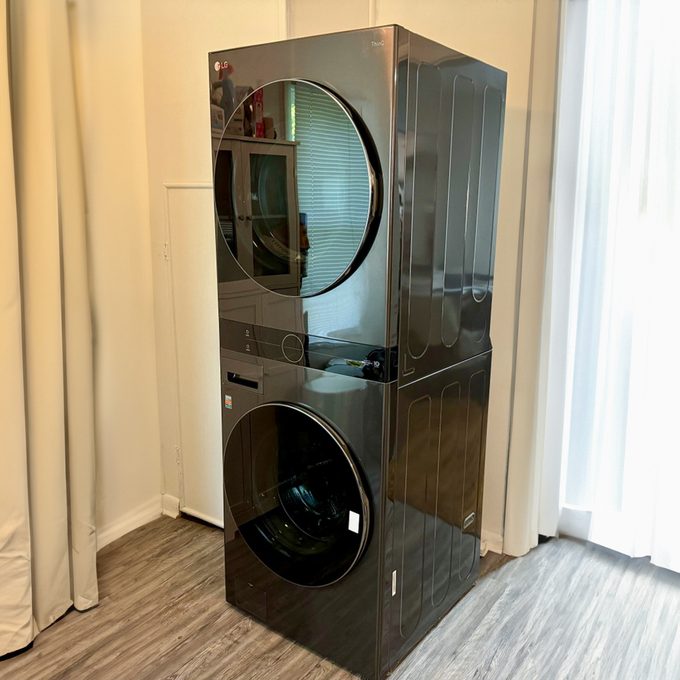
LG OLED vs. Samsung Mini-LED: Which TV Wins?

The perennial debate of OLED versus mini-LED technology continues to dominate the television market. While certain manufacturers, such as LG, Sony, and Panasonic, champion OLED, others like Samsung, Hisense, and TCL are more invested in mini-LED. Of course, many of these brands offer both types of TVs, but their strategic focus is often quite clear.
Samsung and LG consistently produce some of the best televisions available. Samsung regularly tops the lists for mini-LED TVs, while LG dominates the OLED category. Both companies have presented strong flagship models in 2025, with the Samsung QN90F (mini-LED) and the LG G5 (OLED) each receiving top marks in independent reviews. But how do their mid-range offerings compare?
Recently, the Samsung QN80F was assessed, receiving a respectable four-star rating. The review highlighted its average sound quality, reflective screen, and occasional inconsistencies in picture quality as areas for improvement. A side-by-side evaluation was also conducted against LG’s entry-level OLED, the LG B5. While these TVs occupy different tiers within their respective product ranges, their price points are remarkably similar. The 55-inch QN80F retails for approximately £1,199, while the 55-inch B5 is priced at around £1,399.
So, how does the QN80F measure up against the most affordable 2025 OLED on the market, and which television offers better value for money?
Colour Comparison
Both Samsung and LG are known for their exceptional colour reproduction. Samsung mini-LED TVs generally deliver bright, punchy colours, while LG OLEDs tend to produce deeper, richer tones. This characteristic difference was immediately apparent when comparing the QN80F mini-LED and the LG B5.
With both TVs set to their respective Movie picture modes, a scene from a 4K Blu-ray was used for testing. The LG B5 showcased bolder and more engaging colours. Pink flowers, blue details on walls and costumes, and a character’s green skin all appeared more vibrant on the B5, primarily due to its superior contrast. While the colours on the QN80F were still bright and lively, they lacked the same level of depth.
Measurements of UHDA-P3 colour gamut coverage revealed 93.05% on the Samsung QN80F and 99.5% on the LG B5. These figures confirm the B5’s advantage in colour depth and detail.
Brightness and Reflection Handling
Brightness is an area where the Samsung QN80F excels. Mini-LED technology is traditionally brighter than OLED. While flagship OLED models have made significant advances in brightness, reaching impressive levels, these premium sets utilise advanced OLED panels.
The LG B5, however, employs a standard W-OLED panel, and this is reflected in its brightness performance. When measuring peak HDR brightness, the B5 achieved 668 nits in Movie mode, whereas the Samsung QN80F reached 1,106 nits in the same mode. This near-500 nit difference is substantial and easily noticeable.
However, the reflectivity of the screens on both TVs was a significant factor. This was anticipated with the B5, given its lower measured fullscreen HDR brightness (a mere 131 nits). However, the QN80F, which measured 754 nits on the same test, was expected to perform better. In brightly lit rooms, both TVs exhibited distracting, mirror-like reflections during darker scenes. Performance improved in dimmer conditions, but reflections remained visible.
Black Level Performance
Despite the reflective screens and challenges with bright room viewing, both televisions offer decent contrast in most environments. The QN80F’s higher brightness contributes to a stronger perceived contrast due to the greater difference between light and dark tones. However, a closer examination reveals that contrast and black levels are areas where OLED truly shines.
During testing with dark scenes, the B5 demonstrated excellent contrast, with superb shadow detail. While the QN80F exhibited solid contrast in isolated viewing, the B5 was the clear winner in a side-by-side comparison. The B5’s sharper textures and finer details also imparted a more three-dimensional quality to the picture.
The B5’s black levels also possess the characteristic inky depth that OLED enthusiasts appreciate. The QN80F’s black levels appeared slightly raised, taking on a greyer tone, whereas the black of the forest and the night sky were truly as foreboding and ominous as intended on the B5.
Final Verdict
Both the B5 and QN80F offer a compelling feature set, particularly for gaming. Furthermore, the latest iterations of LG’s webOS and Samsung’s Tizen smart TV platforms are arguably the best to date. However, to achieve a truly cinematic home entertainment experience, both TVs would benefit from the addition of a dedicated soundbar. Therefore, the ultimate decision hinges on picture quality.
While the QN80F offers superior brightness, the LG B5’s overall picture quality was preferable. Its superior colours, deeper blacks, and more realistic textures gave it the edge. Given the choice, the LG B5 would be the preferred option.



